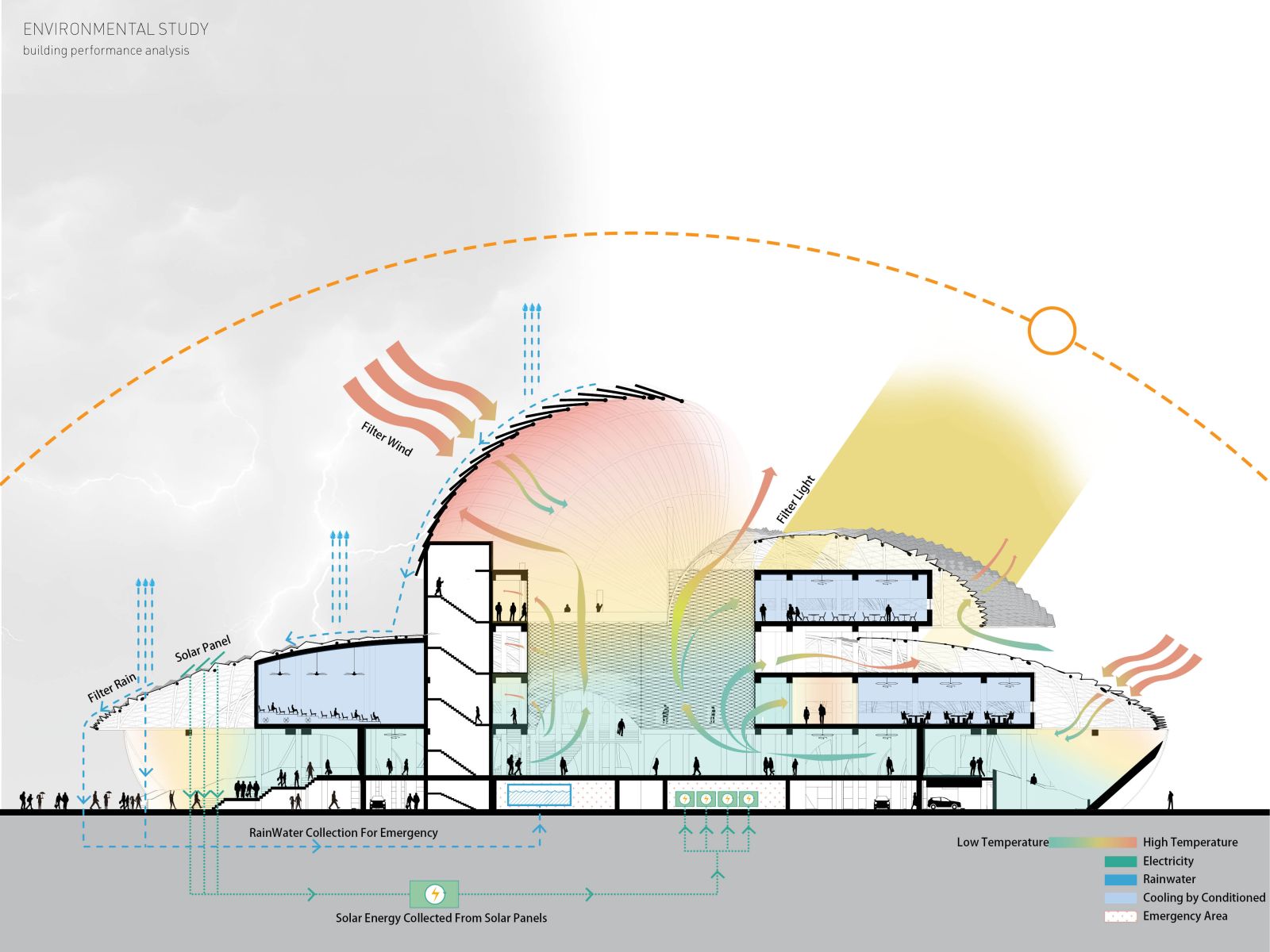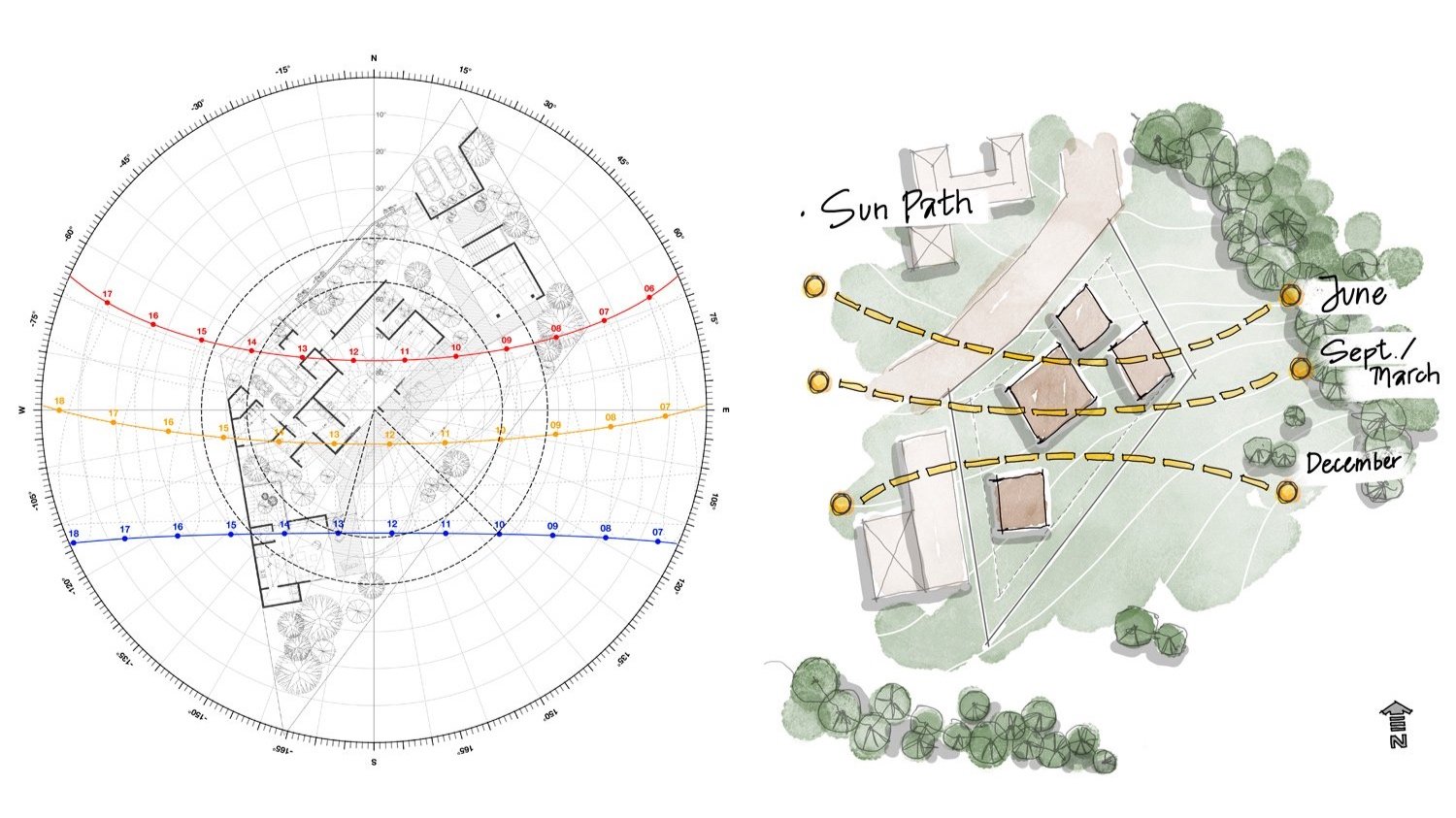- Home
- Articles
- Architectural Portfolio
- Architectral Presentation
- Inspirational Stories
- Architecture News
- Visualization
- BIM Industry
- Facade Design
- Parametric Design
- Career
- Landscape Architecture
- Construction
- Artificial Intelligence
- Sketching
- Design Softwares
- Diagrams
- Writing
- Architectural Tips
- Sustainability
- Courses
- Concept
- Technology
- History & Heritage
- Future of Architecture
- Guides & How-To
- Art & Culture
- Projects
- Interior Design
- Competitions
- Jobs
- Store
- Tools
- More
- Home
- Articles
- Architectural Portfolio
- Architectral Presentation
- Inspirational Stories
- Architecture News
- Visualization
- BIM Industry
- Facade Design
- Parametric Design
- Career
- Landscape Architecture
- Construction
- Artificial Intelligence
- Sketching
- Design Softwares
- Diagrams
- Writing
- Architectural Tips
- Sustainability
- Courses
- Concept
- Technology
- History & Heritage
- Future of Architecture
- Guides & How-To
- Art & Culture
- Projects
- Interior Design
- Competitions
- Jobs
- Store
- Tools
- More
How To Make Sustainability Analysis in Architecture

Sustainability has become a major focus in architecture due to the increasing awareness of climate change and the need to reduce our carbon footprint. It involves the design of buildings and urban environments that are environmentally friendly, energy-efficient, and conducive to human health and well-being. Sustainability analysis is the process by which architects evaluate the potential environmental impact of their designs. Here’s a comprehensive guide on how to make sustainability analysis in architecture.
- Understanding Sustainability
The first step in conducting a sustainability analysis is understanding what sustainability means in the context of architecture. Sustainability refers to the design of buildings that minimize environmental impact, make efficient use of resources, and enhance human comfort and health. This includes aspects such as energy efficiency, water efficiency, use of sustainable materials, indoor environmental quality, and impact on the local environment.
- Establishing Sustainability Goals
The next step is to establish sustainability goals for your design. This could include targets for energy use, water use, indoor environmental quality, and so on. These goals should be ambitious, but also realistic and achievable.
- Collecting Data
To conduct a sustainability analysis, you’ll need to collect data on various aspects of your design. This could include data on the building’s projected energy use, water use, materials use, indoor environmental quality, and impact on the local environment. There are various tools and software available that can help you collect and analyze this data.

- Conducting Life-Cycle Assessment (LCA)
A life-cycle assessment (LCA) is a method for assessing the environmental impact of a building over its entire life cycle, from construction to demolition. An LCA can help you identify areas where your design could be improved to reduce its environmental impact. This involves evaluating the impact of the materials used in the construction, the energy consumed during the building’s operational phase, and the waste generated at the end of its life.
- Using Building Performance Simulation Tools
Building performance simulation tools can help you analyze the sustainability of your design. These tools can model how your building will perform in terms of energy use, water use, indoor environmental quality, and other sustainability metrics. Examples of these tools include EnergyPlus, DesignBuilder, and IES VE.
- Incorporating Green Building Standards
Green building standards, such as LEED (Leadership in Energy and Environmental Design), BREEAM (Building Research Establishment Environmental Assessment Method), and WELL Building Standard, provide guidelines for sustainable design and can help you evaluate the sustainability of your design. These standards award points for various sustainability measures, and achieving a certain number of points can lead to certification at different levels.

- Implementing Sustainable Design Strategies
Based on the results of your sustainability analysis, you can implement various sustainable design strategies to improve the sustainability of your design. This could include strategies such as passive design, use of renewable energy, rainwater harvesting, use of sustainable materials, and so on.
- Monitoring and Verifying Performance
After your building has been constructed, it’s important to monitor and verify its performance to ensure it’s meeting your sustainability goals. This involves collecting data on the building’s actual energy use, water use, indoor environmental quality, and so on, and comparing this data with your original projections.
In conclusion, conducting a sustainability analysis in architecture involves a combination of setting goals, collecting and analyzing data, using building performance simulation tools, adhering to green building standards, implementing sustainable design strategies, and monitoring performance. With the rising threat of climate change, it’s more important than ever for architects to prioritize sustainability in their designs. By conducting a thorough sustainability analysis, architects can ensure their designs minimize environmental impact, make efficient use of resources, and enhance human comfort and health.
Conducting a sustainability analysis in architecture requires the use of specialized software tools. These tools assist architects in simulating, analyzing, and evaluating the environmental impact and sustainability of their designs.
Autodesk Revit: This tool is known for its building information modeling (BIM) features. It helps architects to design buildings with energy efficiency and other sustainability factors in mind. It provides features like energy optimization and solar analysis.
EnergyPlus: This is a whole-building energy simulation program that engineers, architects, and researchers use to model energy and water use in buildings. It is a powerful tool that provides insights into how a building will perform energy-wise.
DesignBuilder: This software integrates a friendly interface with EnergyPlus, making it easier to use and allowing for comprehensive sustainability analysis, including aspects such as energy efficiency, lighting, and comfort analysis.

Submit your architectural projects
Follow these steps for submission your project. Submission FormLatest Posts
Understanding Site Safety Footwear in Architectural Practice
Architecture is often discussed through drawings, models, and finished buildings, yet a...
General Arrangement Drawings in Architecture: The Backbone of Clear Design Communication
General Arrangement Drawings explained: what they are, when to use them, how...
The Ultimate Guide to Fencing in North Dakota: Choosing the Best Fence for Your Property
Watching a chain link fence twist in 70 mph winds near Minot...
Gaudí: Where Architecture Meets Science
Gaudí: Where Architecture Meets Science shows catenary arches, ruled surfaces, and biomimicry...












Leave a comment